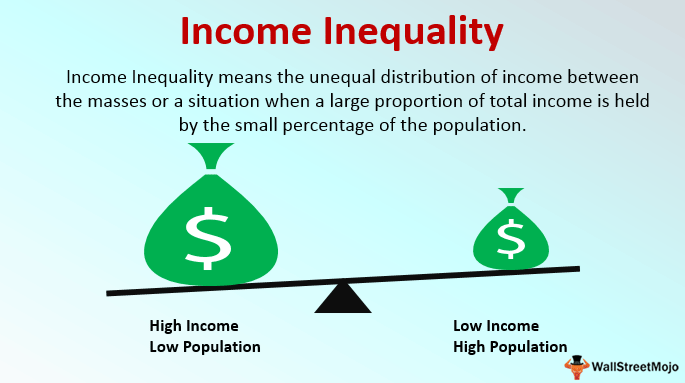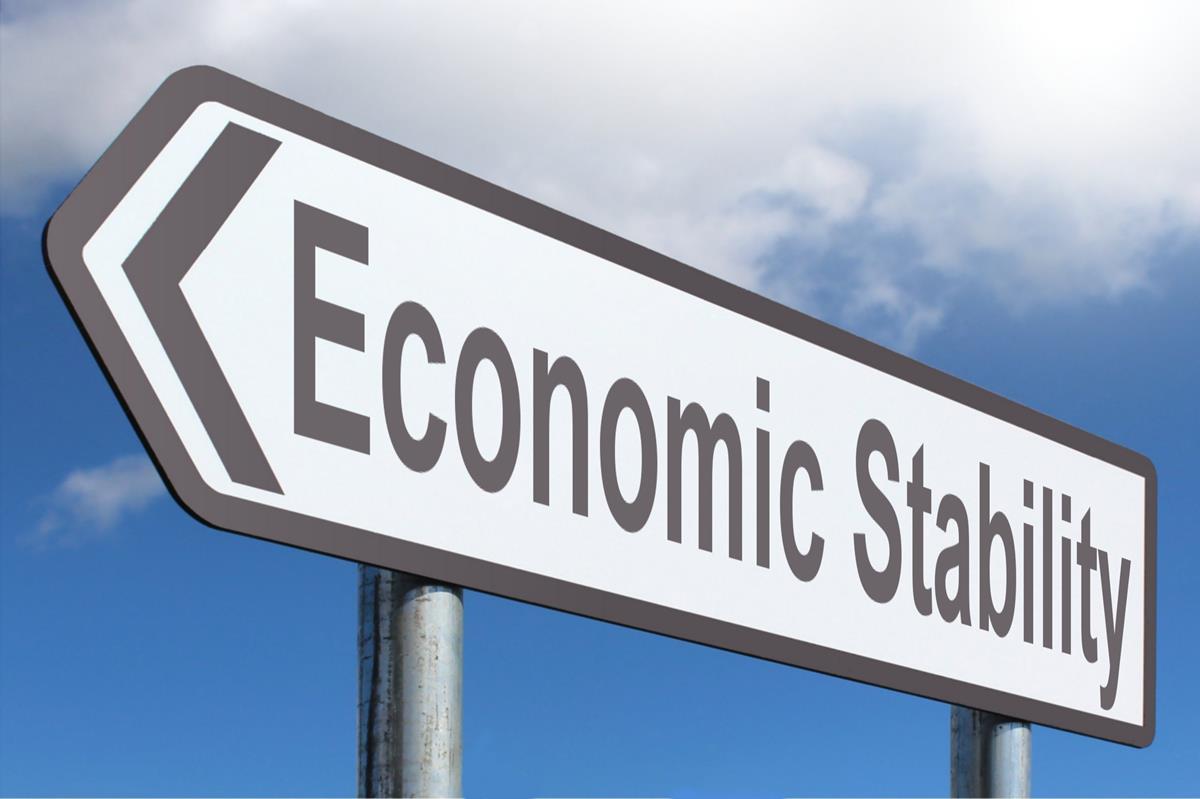1.
Reallocation of Resources
Through
budgetary policy, the government wants to reallocate resources according to
economic and social priorities. This distribution to maximize national profits
and public welfare can be preserved. It is actually to enable the nation money
to be channeled according to sector priorities, so that a balanced national
development can be achieved. As an example of the welfare scheme launched is
Dasar Bantuan Keluarga Malaysia which was announced by the Minister of Finance
in the presentation of the 2022 budget where the expenditure is RM 8.2 billion
and it focuses on the B40 group involving 9.6 million recipients. Among the
essence is the eligibility for recipients of the Social Welfare Department
(JKM) was also increased to RM1169 from RM980 to qualify them to apply for
assistance from JKM.
2.
Reducing in equalities in income
The government
through the launched budget wants the gap between rich and poor not to be so
far. It can be seen by imposing or increasing taxes on the rich as well as
providing welfare schemes to the poor. For example, the government imposes
income tax on certain groups where the higher the income of the people the
higher the tax he has to pay. It also involves private companies where tax
collection, stamp duty, levies and excies duties are imposed on them by the
government. For example, the Bumiputera Youth Contractor Participation policy
was announced in the 2022 budget where the objective was to create a program
accelerator by CIDB (RM10 j). Provision of small -scale Government procurement
projects to Bumiputera contractors that involves 10 millions. This allows more
opportunities to be given to Bumiputera in order to reducing in equalities in
income with other races that monopoly
certain sector.
3. Ecomomic stability
The budget that
has to be launched must also focus on the national economic stability. It is
very important to country development. Convincing investors and attracting new
investors to continue investing in the country is an objective of the national
budget. For example, despite facing fiscal challenges due to the COVID-19
epidemic, the Government has prepared four economic stimulus packages namely
PERMAI, PEMERKASA, PEMERKASA+ and PEMULIH in 2021 comprising fiscal and
non-fiscal measures amounting to RM225 billion or 14.8% of GDP to further
increase the economic competitiveness of the country. This policy actually
gives an injection of confidence to investors to continue investing in this
country.
4. Employment generation.
Through the 2022 budget that has been announced
by the government, the emphasis on employment opportunities is also focused.
Employment opportunities exist through government spending on various
government mega projects such as railways, bridges, skyscrapers and many more
that involve skilled and unskilled labor. Apart from that, the government also
provides various incentives to its people to create employment opportunities
for the young generation. For example, the Jamin Kerja Keluarga Malaysia
(JaminKerja) policy was introduced by the government which provided 600,000 job
opportunities with RM4.8 billion spent. Among the incentives available under
this policy is the Malaysia Short -term Employment Program (MySTEP) to offer
80,000 job placements, with 50,000 within the public sector and 30,000 in
Government -Linked Companies (GLCs). The implementation of the JaminKerja
initiative is a step towards economic recovery as well as helping to reduce the
nation unemployment rate to four percent and achieve full employment.




No comments:
Post a Comment